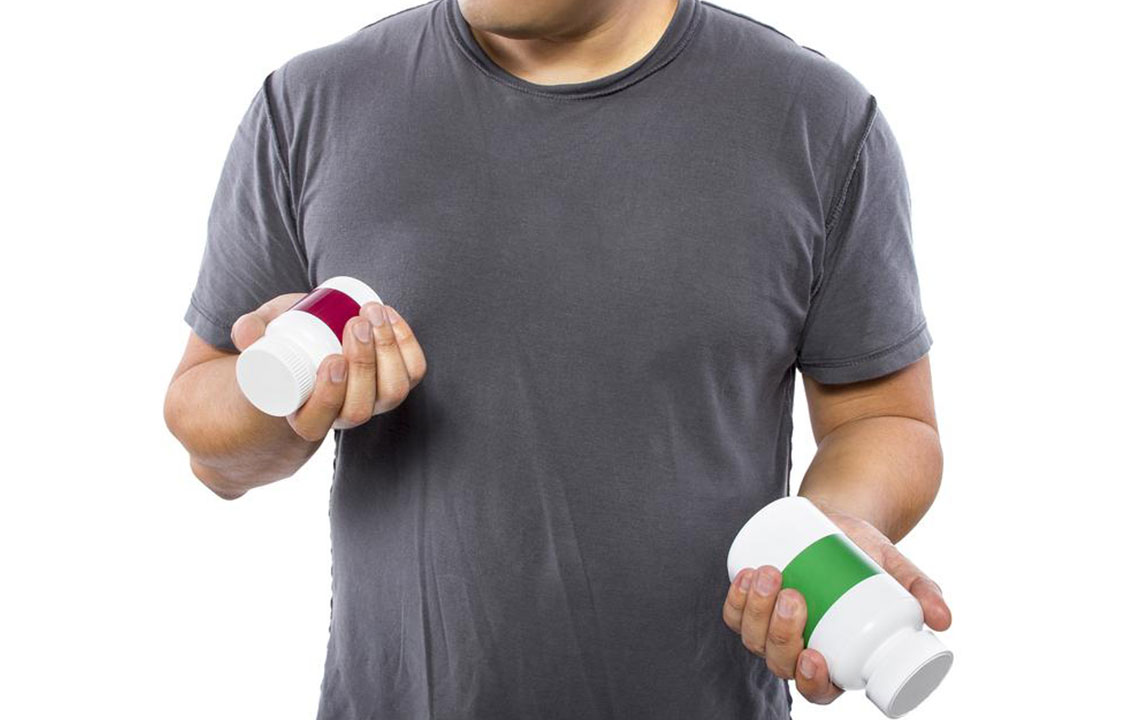Understanding Stress Urinary Incontinence
This comprehensive overview explains stress urinary incontinence, its causes, triggers, diagnosis, and effective management strategies like pelvic exercises, which can bolster muscle strength and improve quality of life, especially for women.

Understanding Stress Urinary Incontinence
Stress urinary incontinence occurs when pressure on the bladder causes involuntary leakage. Common factors include obesity, pregnancy, weakened pelvic muscles, uterine displacement, and multiple childbirths. Post-menopausal estrogen decline, surgical procedures like hysterectomy, and pregnancy-related bladder pressure also weaken muscles. Women are more susceptible due to these risk factors.
Triggers
Activities such as coughing, sneezing, laughing, lifting heavy objects, or exercising can trigger leakage.
Chronic smokers often experience coughing spells contributing to incontinence.
Diagnosis
Diagnosis involves physical examination to assess pelvic muscle strength and bladder function. Blood tests help rule out infections or kidney issues. Ultrasound determines residual urine post-void and bladder health. In some cases, bladder endoscopy may be needed to check for abnormalities.
Treatment Options
Addressing underlying conditions is essential. Patients should aim to lose weight and quit smoking. Strengthening pelvic muscles through Kegel exercises is highly effective. Identifying the correct muscles involves midstream urination attempts, then exercising by contracting these muscles for ten seconds, relaxing briefly, and repeating. Regular practice improves muscle tone and can enhance sexual satisfaction as well.
Note:
This article provides helpful insights on stress urinary incontinence. While informative, it shouldn't replace professional medical advice. The content aims to educate but may not cover all individual cases or latest treatments. Consult healthcare providers for personalized assessment and treatment options.










